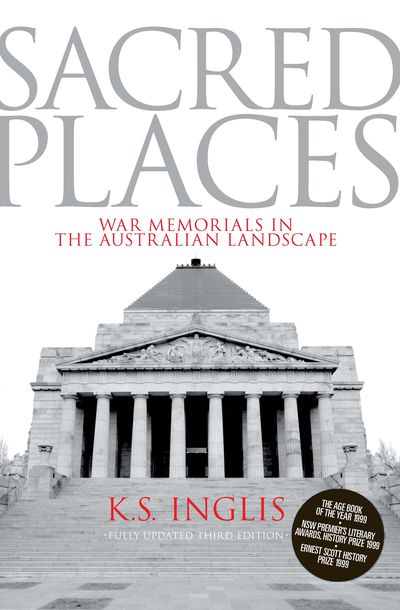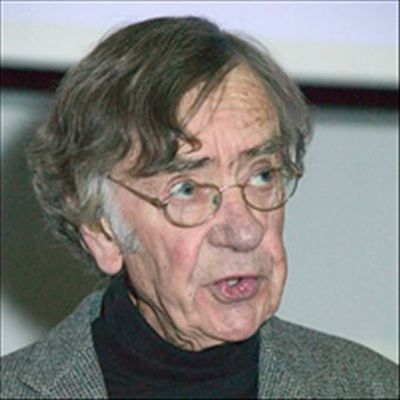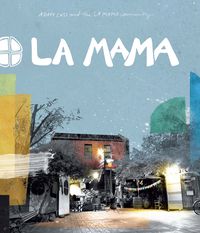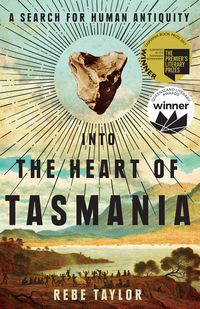Sacred Places
War Memorials in the Australian Landscape
Sacred Places
War Memorials in the Australian Landscape
Sacred Places traces three elements which converged to create the cult: the special place of war in the European mind when nationalism was at its zenith; the colonial condition; and the death of so many young men in distant battle, which impelled the bereaved to make substitutes for the graves of which history had deprived them.
The 'war memorial movement' attracted conflict as well as commitment. Inglis looks at uneasy acceptance, even rejection, of the cult by socialists, pacifists, feminists and…
Sacred Places traces three elements which converged to create the cult: the special place of war in the European mind when nationalism was at its zenith; the colonial condition; and the death of so many young men in distant battle, which impelled the bereaved to make substitutes for the graves of which history had deprived them.
The 'war memorial movement' attracted conflict as well as commitment. Inglis looks at uneasy acceptance, even rejection, of the cult by socialists, pacifists, feminists and some Christians, and at its virtual exclusion of Aborigines. He suggests that between 1918 and 1939 the making, dedication and use of memorials enhanced the power of the right in Australian public life.
Finally, he examines a paradox. Why, as Australia's wars recede in public and private memory, and as a once British Australia becomes multicultural, have the memorials and what they stand for become more cherished than ever?
Sacred Places spans war, religion, politics, language and the visual arts. Ken Inglis has distilled new cultural understandings from a familiar landscape.






